Students spend a considerable amount of time in school buses, often with limited supervision. Such a necessary service is accompanied by a high risk level. And so, ensuring that students feel safe during this time is crucial. Statistics reveal some of the hazards schoolchildren are exposed to during their transport.
In a 2025 survey by NADPTS, 114,239 school bus drivers reported that 67,258 vehicles passed their buses illegally on a single day during the 2024-2025 school year. Scaled nationally, that’s 218,000 illegal passes daily, putting thousands of students at serious risk. Therefore, School bus camera systems are a must for the emotional and physical well-being of the students.
Let’s review the current school bus safety landscape, how school bus surveillance cameras functionally work, their impact on student safety, as well as future trends in school transportation safety tech. Looking for a smarter way to ensure student safety? Explore our school bus tracking system
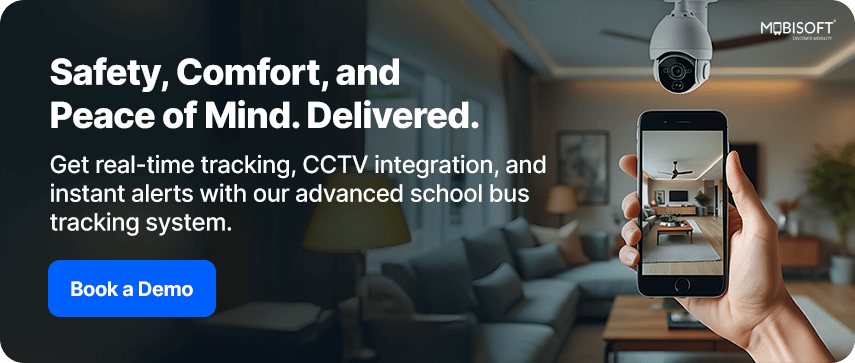
How Safe Are School Buses Currently?
Overview of School Bus Operations
The school transport system is an intricate network planned to ensure safe transport to and from learning centers. The National Highway Traffic Safety Administration (NHTSA) also asserts that school buses are the safest mode of transporting students since their death rate is a few orders of magnitude lower compared to passenger automobiles. In spite of such information, student safety in school buses remains a principal area of concern.
Explore how a transportation management system can strengthen school bus operations and improve accountability.
Common Safety Threats on School Buses
The primary safety threats to students during school bus transportation include:
Illegal Passing of Stopped Buses
When a bus flashes red lights with the stop-arm camera deployed, vehicles need to stop. Some drivers ignore these important signs, risking the lives of students boarding or leaving. The National Association of State Directors of Pupil Transportation Services (NASDPTS) states that the illegal passing of stopped school buses continues to be the greatest school bus stop safety hazard to children.
Bullying on School Buses
Incidents of bullying inside school buses impact students emotionally. It even goes as far as causing physical altercations that endanger the entire school bus environment. Installing inside school bus cameras has proven to be a strong deterrent for such issues.
Accidents and Monitoring with School Bus Dash Cams
School buses have lower accident rates compared to passenger automobiles. Accidents occur nonetheless, with subsequent injuries, sometimes fatal. In such cases, school bus dash cams and exterior school bus cameras play a critical role in analyzing events and supporting legal investigations.
Legal Frameworks and Enforcement Challenges
Current school bus safety laws vary from one state to another. A few don’t even have strict penalties for illegal passing. Enforcement is also difficult because departments have limited resources and because police departments have better uses for their time. This intersection of high traffic volume with driver distraction is part of what’s leading to increased monitoring and enforcement needs, where CCTV on school buses can support accountability.
Public Perception of School Bus Safety Cameras
Data depict that people from school communities strongly advocate for school bus safety cameras. A recent survey showed that 64% of participants think that technological upgrades, such as school bus CCTV, are necessary for improving safety levels, while 41% also expressed concerns regarding bullying incidents. Such a rising demand for higher protection drives the adoption of innovative solutions like bus stop surveillance for students.
Scale of Illegal Passing (2025)
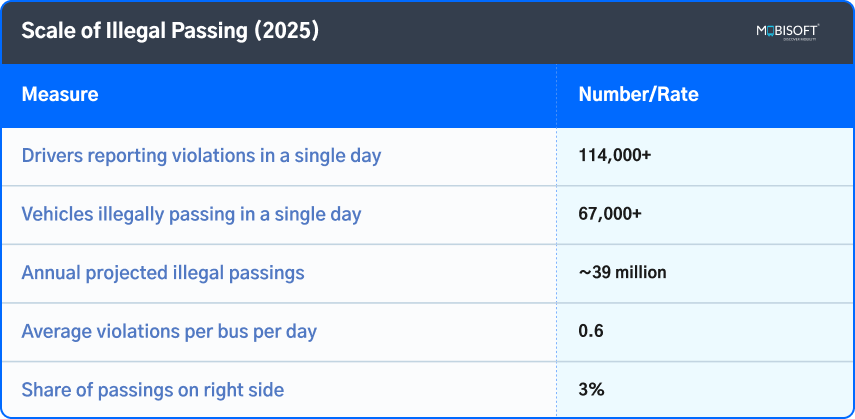
Understanding School Bus Cameras and Their Technological Capabilities
Types of Cameras Used in School Buses
School bus camera systems can be broken down into several key types, each serving a distinct purpose:
Stop-Arm Cameras
They are mounted on the outside of buses and record footage of vehicles illegally passing when the stop-arm is deployed. This is a key component of school bus safety laws and cameras being enforced and violations being discouraged.
Dash Cameras
Installed on the dashboard, they monitor the road ahead and provide broad coverage of the surroundings for the bus. These school bus dash cams are highly valuable for accident analysis as a basis for understanding driver behavior.
Interior Cameras
They focus on what is happening inside the bus, enabling observation of student interactions, bullying occurrences, as well as accident incidents. By providing an additional monitoring layer, interior school bus cameras enhance overall safety.
Technological Capabilities of School Bus Safety Cameras
Modern school bus camera systems are equipped with advanced technologies, including:
- AI Integration: Intelligent cameras monitor driver behavior and detect possible dangerous activity, including distractions or speeding. Additionally, AI-enabled stop-arm camera school bus systems have been proven to increase compliance with safety statutes.
- Cloud Storage: All the footage gets stored through a cloud platform. This removes the need for physical storage and provides online access anywhere.
- Real-Time Monitoring: Cameras can now show a live feed, accessible to school authorities. This allows them to respond immediately to incidents, strengthening school transportation safety tech.
Legal Implications and Privacy Concerns
The use of school bus surveillance cameras sometimes raises privacy issues. Parents may be concerned with respect to the monitoring of minors. Some districts diffuse these concerns by de-identifying tapes and utilizing them strictly for enforcement and safety.
Comparison with Traditional Safety Measures
Conventional measures like stop signs and flashing lights, although effective to a certain degree, cannot force compliance every time. School bus CCTV systems offer a preventative solution that guarantees ongoing surveillance and accountability for drivers as much as for students.
Impact of School Bus Cameras on Safety
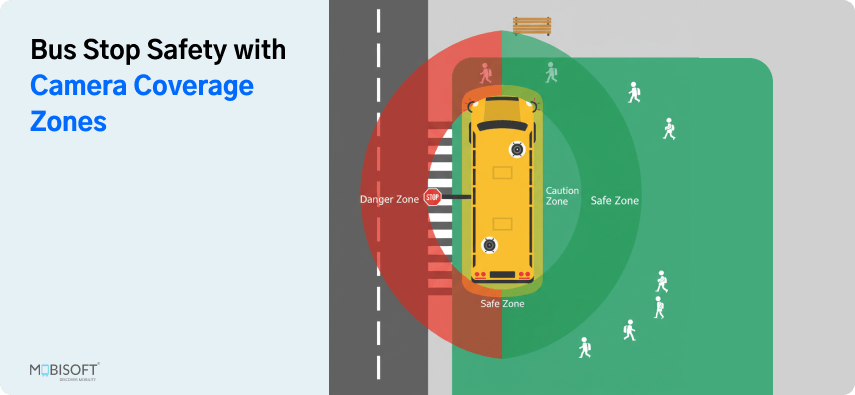
Deterring Illegal Passing with School Bus Safety Cameras
School bus cameras have had the most impact by deterring stop-arm violations. Various districts have cited statistics that reveal stop-arm camera school bus visibility significantly reduces violation occurrences. For instance, programs such as Stop Guard™ attest to the fact that 98% of drivers cited for stop-arm violations never offend again, thereby bearing a high deterrent impact through such school bus safety cameras.
Impact on Student Behavior with School Bus Surveillance
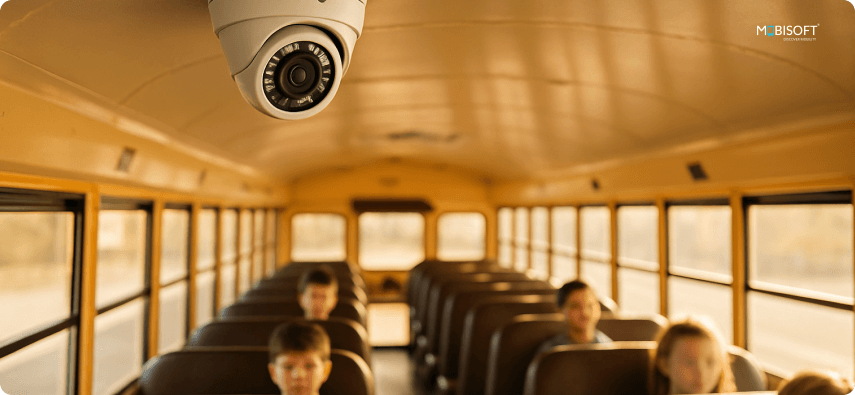
Enforcement of inside school bus cameras has not only decreased incidents of illegal passing but has also been a positive force in enhancing orderly student behavior. With the awareness of being monitored by school bus surveillance cameras, incidents of bullying and disruption decline. Students, realizing they are in view of school bus CCTV systems, tend to behave more respectfully and responsibly, improving student safety on school buses.
Improving Driver Accountability via School Bus Cameras
School bus cameras also promote driver responsibility, with drivers being aware they have been monitored. Such additional awareness can yield better driving practices since drivers understand that they should be observing safety protocols. Districts, for instance, experience fewer aggressive driver accidents after they implement camera systems.
Statistical Evidence of Reduced Violations from School Bus Cameras
Numerous studies reveal the effectiveness of school bus safety cameras in reducing accidents and violations. For example, districts that implemented school bus CCTV systems experienced a considerable decrease in stop-arm violations, essentially creating a safer school setting. Law enforcement also highlights how video evidence from school bus cameras supports prosecution, strengthening the case for wider adoption.
Feedback from School Districts and Law Enforcement
Experience with school districts where school bus safety camera systems have been implemented has been overwhelmingly positive. School officials and local police chiefs have noted a rise in cooperation with school bus safety laws and cameras, with a resultant increase in student safety. In interviews, authorities cite an emphasis placed on video recordings as a tool to hold violators accountable and to deter future violations.
The Psychological Impact on Drivers
When school bus dash cams and CCTV on school buses oversee the driver, they tend to be extra vigilant because of the proof. This keeps the students safe and the drivers responsible.
Impact of Camera Programs
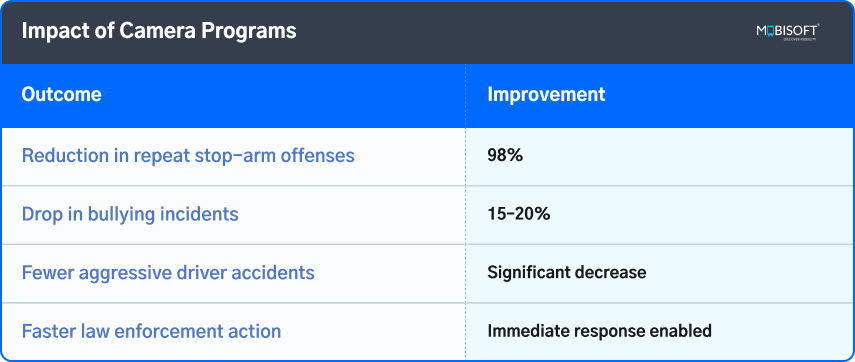
Technological Advancements: The Next Generation of School Bus Safety
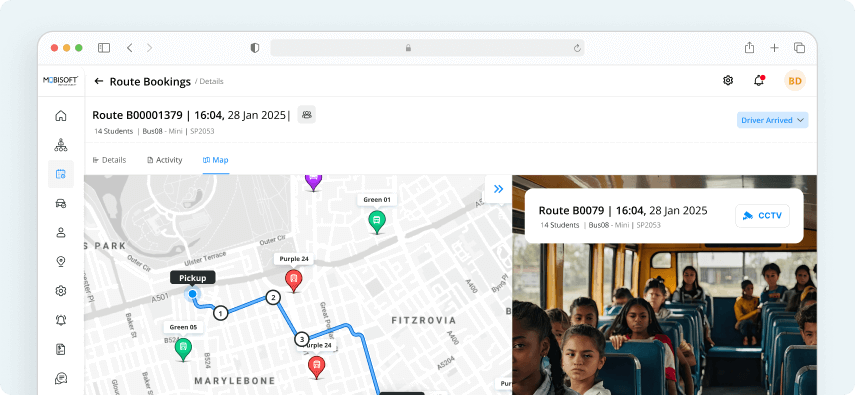
Emerging Technologies in School Bus Tracking
School bus camera systems have seen important upgrades, as technology is developing. Here are some of them:
- GPS Tracking: School officials, as well as parents, have access to the live location of the bus through GPS tracking, greatly reducing anxiety in case of delays.
- Real-Time Alerts: Many modern school bus CCTV systems incorporate real-time alert features that notify school officials or law enforcement of incidents as they occur, enabling rapid responses to safety threats.
AI’s Role in Enhancing School Bus Camera Capabilities
Artificial intelligence plays a critical part in school bus surveillance camera improvements. AI programs can interpret video recordings, pointing out risky driving practices and sending school authorities notifications. It is a prevention method that ensures prospective threats are eliminated even before they manifest fully, thus increasing student safety on school buses.
Future Trends in School Bus Safety Technology
In the near future, school transport’s integration with digital technologies is expected to grow tremendously. Smart buses with school bus dash cams, AI, and advanced computing capabilities will set a standard to enable seamless communication between buses, school districts, and parents.
Challenges in Adopting New Technologies
Regardless of the benefits offered by advanced systems, difficulties remain with their implementation. Districts can face funding constraints, maintenance issues, and a need for training staff to utilize new systems effectively. Community outreach and support can be valuable to overcome such barriers and place a priority on safety measures.
Importance of Community Involvement
Implementation of successful school bus CCTV systems relies heavily on community support. Involvement of parents, school board members, as well as community leaders, helps districts to establish promotion for systems of safety and thereby community-wide investment to protect students.
Want to streamline fleet operations? Check out our transportation and logistics solutions
Future of Smart Buses with GPS Tracking for School Buses
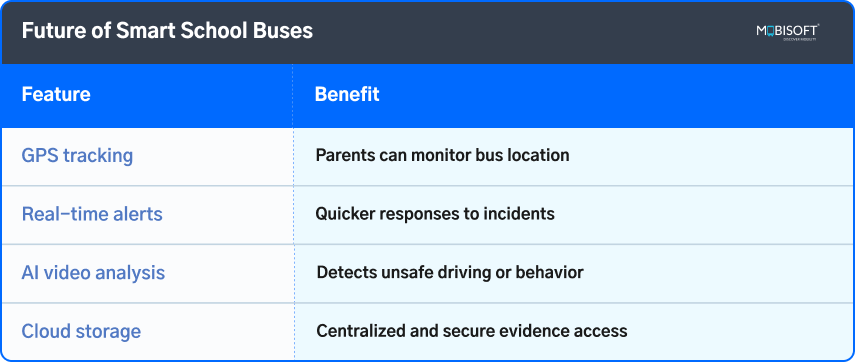
Curious how GPS enhances safety? Read our guide on school bus tracking technology
Case Studies: Success Stories from Across the Nation
Specific School Districts Implementing Bus Cameras
Numerous school districts in the United States have been successful with school bus cameras as they have introduced considerable enhancements to highway safety. For instance, Sacramento City Unified School District updated its school bus CCTV installations to ensure higher protection for students as well as to better manage incidents. Carroll County Public Schools recorded over 20,000 violations annually prior to their integration of BusPatrol’s school bus protection program, highlighting how effective such tools are.
Beyond cameras, technology can also make daily transport safer and smoother. Mobisoft Infotech’s Educational Transportation Management System, for example, simplifies shuttle service, integrates GPS tracking, and gives schools complete oversight of trips, drivers, and passengers.
It is a step taken to counter increasing incidents of illegal passings as it aims to increase accountability and enhance school community awareness regarding school bus laws.
Interviews and Quotes from Administrators and Law Enforcement
Local school administrators whose districts have implemented school bus safety cameras have cited unique outcomes. For instance, Loudonville-Perrysville Schools Superintendent Jennifer Allerding cited that cameras would be a deterrent but also a device to hold violators accountable. Similarly, local authorities noted their appreciation for the worth of video evidence from CCTV on school buses in convicting wrong-doers, therefore lending credence to their effectiveness.
Statistical Analysis Comparing Safety Metrics
Statistical comparisons of before and after implementing safety data reveal a positive trend among districts served by school bus camera systems. Beyond anecdotal support, data reveal a dramatic decrease in stop-arm violations with a resultant increase in the safeguarding of students. Endorsement from law enforcement officers also serves to validate these results, hinging chiefly on the ability of school bus safety cameras to increase compliance with regulatory requirements.
Community Reactions and Support
Many parents express a feeling of comfort and support for the increase in protective measures, seeing the cameras as a much-needed investment in students’ welfare. Community awareness campaigns further reinforce such feelings, ensuring that everybody understands how important school bus stop safety really is.
Lessons Learned and Best Practices
Districts whose school bus safety camera systems have been successful have also had a great deal to share regarding best practices. Community outreach, extensive staff education, and open lines to law enforcement regarding a free flow of information are critical to maintaining effective safety programs.
The Future of Student Safety on School Buses
School bus cameras have become important, countering hazards from illegal passing, bullying, and road accidents. More than just deterrents for harmful activity, cameras also provide clear evidence for swift intervention for schools and law enforcement. However, cameras by themselves are not the solution. Vigilance over the long term, regular supervision, and robust involvement from the wider community are equally important for fostering a transport culture of safety. Stay informed with the latest school transportation safety & GPS policies.
In the future, “smart buses” will be integrated with AI, GPS tracking, and school bus outside view cameras to take protection to another level. For these practices to be followed, they will need to be encouraged by authorities, school management, and the parents. Such measures have become a necessity rather than just add-ons. Through informed knowledge and involvement, we can ensure that school buses in India, Maharashtra, and globally remain the safest mode for kids to ride, underpinning their safety and providing families with the peace of mind that every child is safeguarded en route to and from school.
Key Takeaways on School Bus Safety and Tracking:
- High Risk in School Transport: Millions of students use school buses every day. However, hindrances such as passing illegally, bullying, and crashes continue to exist.
- Illegal Passing Statistics: Each year, more than 43 million illegal passings occur involving U.S. school buses, highlighting stop-arm violations as a significant safety concern.
- Public Concern Drives Innovation: Teachers and parents are actively demanding tech-focused solutions developed with the intent of increasing safety and anti-bullying.
- Types of School Bus Cameras: Stop-arm, dash, and interior cameras monitor traffic, driver behavior, and student interactions onboard.
- Advanced Technology Features: AI, cloud storage, and real-time monitoring improve enforcement, accountability, and incident response.
- Legal and Privacy Considerations: Proper protocols ensure cameras balance safety with student privacy.
- Effectiveness Evidence: Case studies and research prove cameras reduce stop-arm violations, discourage misconduct, and promote driver responsibility.
- Psychological Impact: Awareness of monitoring encourages safer driving and responsible student behavior.
- Emerging Trends: GPS tracking, real-time alerts, AI analytics, and smart bus integration are shaping the future of school transport safety.
- Community Involvement is Key: Parent, school board, and local authority engagement ensures successful implementation and support.
- Future Outlook: Cameras are a critical tool, but ongoing vigilance, policy improvements, and technology upgrades remain essential to protecting students.
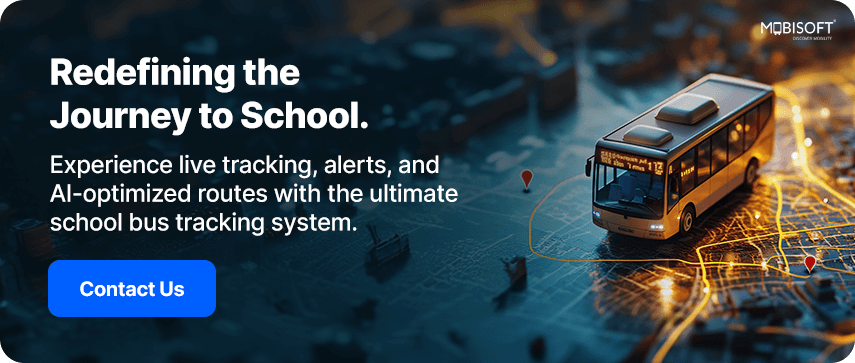

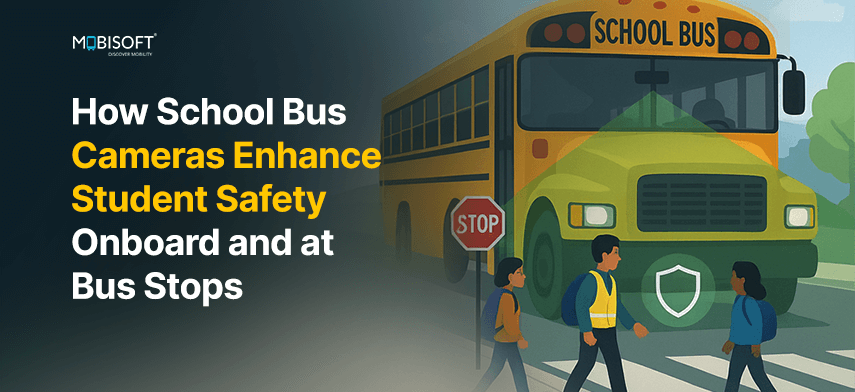


 September 24, 2025
September 24, 2025


